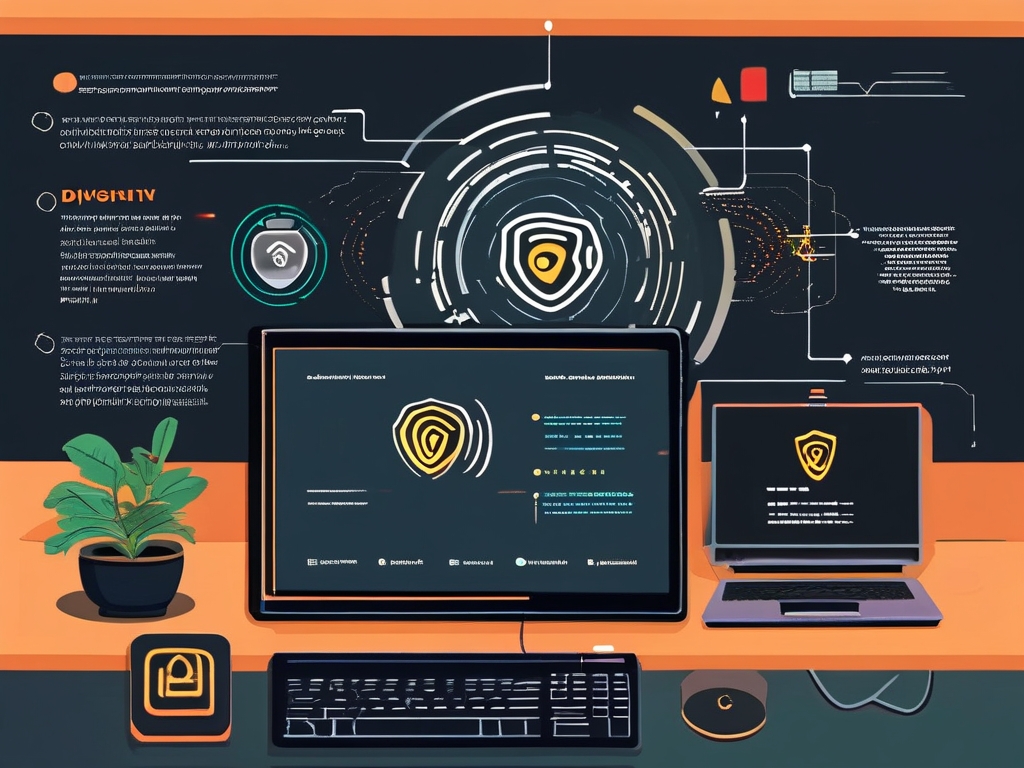In the realm of cybersecurity and data integrity, digital signatures serve as the cornerstone of authentication and verification. Among various cryptographic techniques, specific algorithms have emerged as industry standards for creating and validating these electronic signatures. This article explores the most widely adopted algorithms in digital signatures, their technical foundations, and practical applications.

RSA: The Established Standard
The Rivest-Shamir-Adleman (RSA) algorithm, developed in 1977, remains a fundamental choice for digital signatures. Leveraging asymmetric cryptography, RSA generates a pair of mathematically linked keys: a private key for signing and a public key for verification. Its security relies on the computational difficulty of factoring large prime numbers, making it resistant to brute-force attacks.
While RSA-2048 and RSA-4096 are common implementations, concerns about quantum computing threats have prompted organizations to evaluate hybrid solutions. Major certificate authorities still widely use RSA for SSL/TLS certificates, demonstrating its enduring relevance despite newer alternatives.
ECDSA: Efficiency in Modern Systems
The Elliptic Curve Digital Signature Algorithm (ECDSA) gained prominence through its adoption in blockchain technologies like Bitcoin. By utilizing elliptic curve mathematics, ECDSA achieves comparable security to RSA with significantly smaller key sizes—a 256-bit ECDSA key offers security equivalent to a 3072-bit RSA key. This efficiency makes it ideal for resource-constrained environments such as IoT devices and mobile applications.
Notably, ECDSA requires high-quality random number generation. Failures in this aspect, as seen in early PlayStation 3 implementations, can lead to key exposure. Modern cryptographic libraries like OpenSSL now incorporate robust entropy sources to mitigate such risks.
EdDSA: The Next-Generation Contender
Edwards-curve Digital Signature Algorithm (EdDSA) represents a newer approach combining Edward curves with Schnorr signature mechanics. Its deterministic nature eliminates reliance on random number generators, addressing a critical vulnerability present in ECDSA. Platforms like Signal Protocol and privacy-focused cryptocurrencies have embraced EdDSA for its performance advantages and forward security features.
The algorithm's Ed25519 variant operates on Curve25519, providing 128-bit security with 32-byte keys. Benchmark tests show Ed25519 signatures can be generated 4x faster than ECDSA's P-256 equivalent while consuming less memory—a critical advantage for high-throughput systems.
Comparative Analysis
When evaluating signature algorithms, three factors dominate decision-making:
- Computational Overhead: RSA demands more processing power for key generation and signing operations compared to elliptic curve alternatives
- Signature Size: ECDSA and EdDSA produce smaller signatures (64-96 bytes) versus RSA's 256-512 byte outputs
- Standardization Status: While all three are NIST-approved, FIPS 186-5 specifically recommends transition to quantum-resistant algorithms
Real-world implementations often combine multiple schemes. The Cloudflare infrastructure, for instance, uses RSA-2048 for backward compatibility while deploying ECDSA secp384r1 for modern clients—a strategy balancing security and accessibility.
Quantum Computing Considerations
The rise of quantum computing has sparked interest in post-quantum algorithms like CRYSTALS-Dilithium and Falcon-512. NIST's ongoing standardization process for quantum-resistant cryptography anticipates eventual migration from current standards. However, most experts project a 10-15 year timeline before quantum computers can practically break ECDSA or RSA-2048.
Implementation Best Practices
Effective digital signature systems require more than algorithm selection:
- Regular key rotation policies
- Hardware Security Modules (HSMs) for private key storage
- Certificate transparency logging
- Algorithm agility frameworks
The 2021 SolarWinds breach demonstrated how compromised signing keys can enable supply chain attacks, emphasizing the need for multi-layered protection beyond cryptographic primitives.
Future Trends
Emerging standards like BLS signatures offer signature aggregation capabilities, potentially revolutionizing blockchain scalability. Meanwhile, zero-knowledge proofs are creating new paradigms where signatures can verify computations without revealing underlying data.
As digital signature requirements evolve with IoT expansion and metaverse development, algorithm selection will increasingly depend on context-specific needs rather than one-size-fits-all solutions. Hybrid approaches combining classical and post-quantum algorithms may dominate transitional phases.
In , while RSA, ECDSA, and EdDSA currently dominate digital signature implementations, technological advancements continue reshaping the landscape. Understanding each algorithm's strengths and limitations enables organizations to make informed decisions balancing security, performance, and future-readiness.

